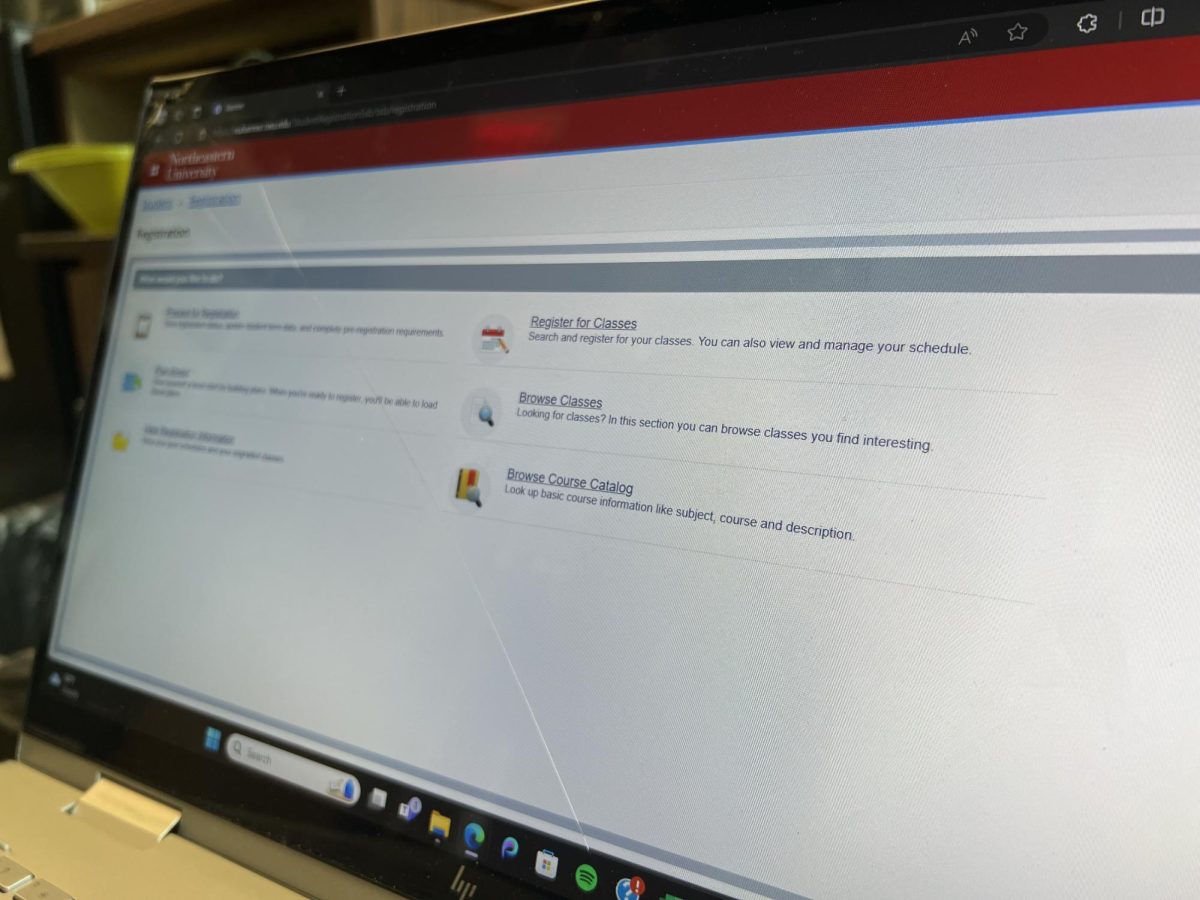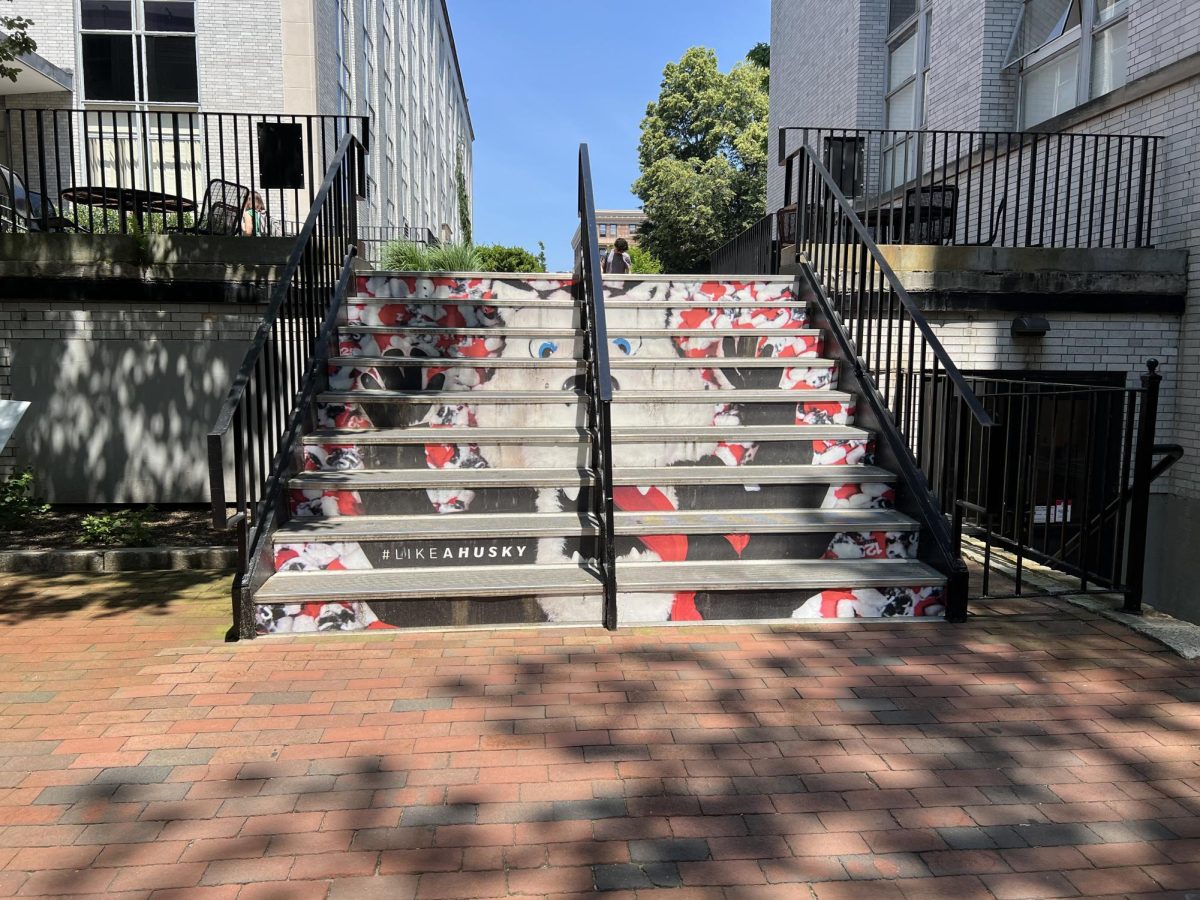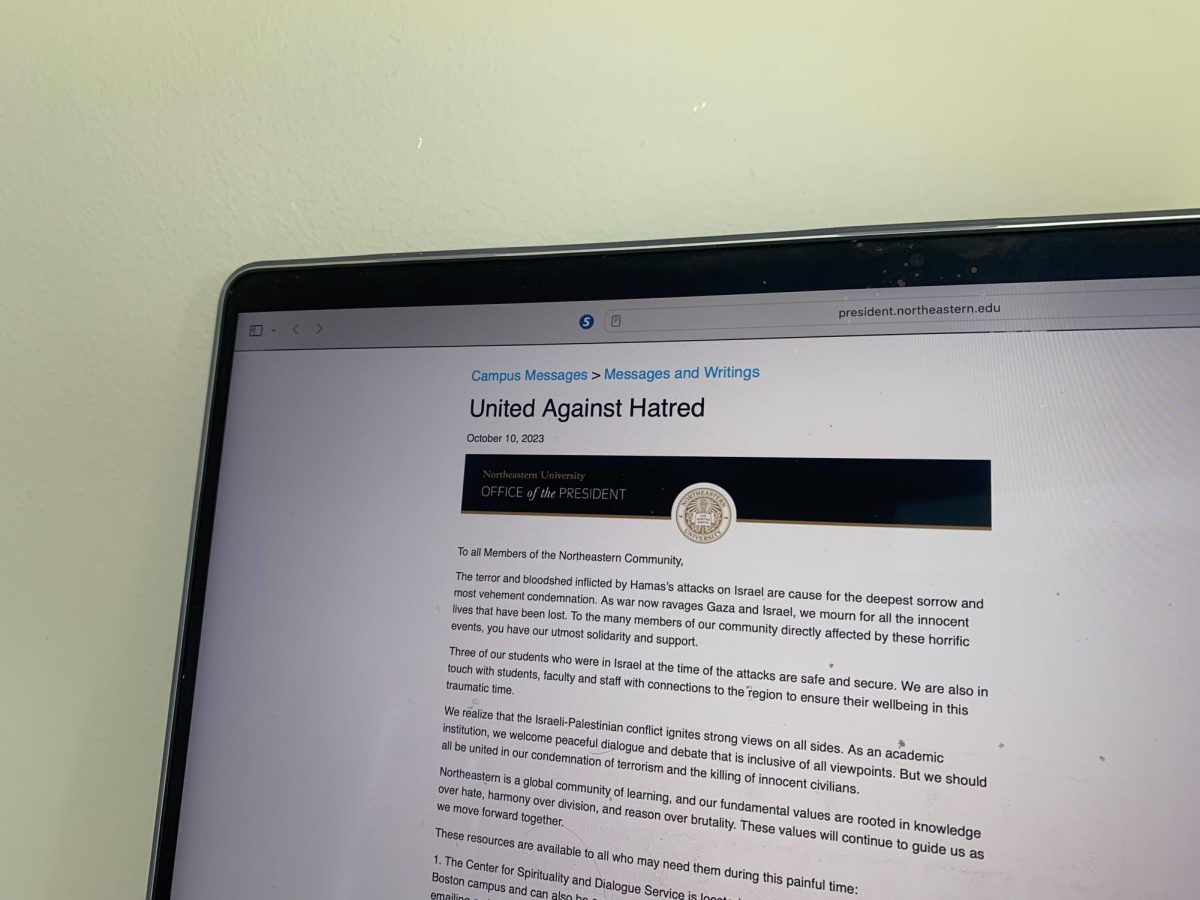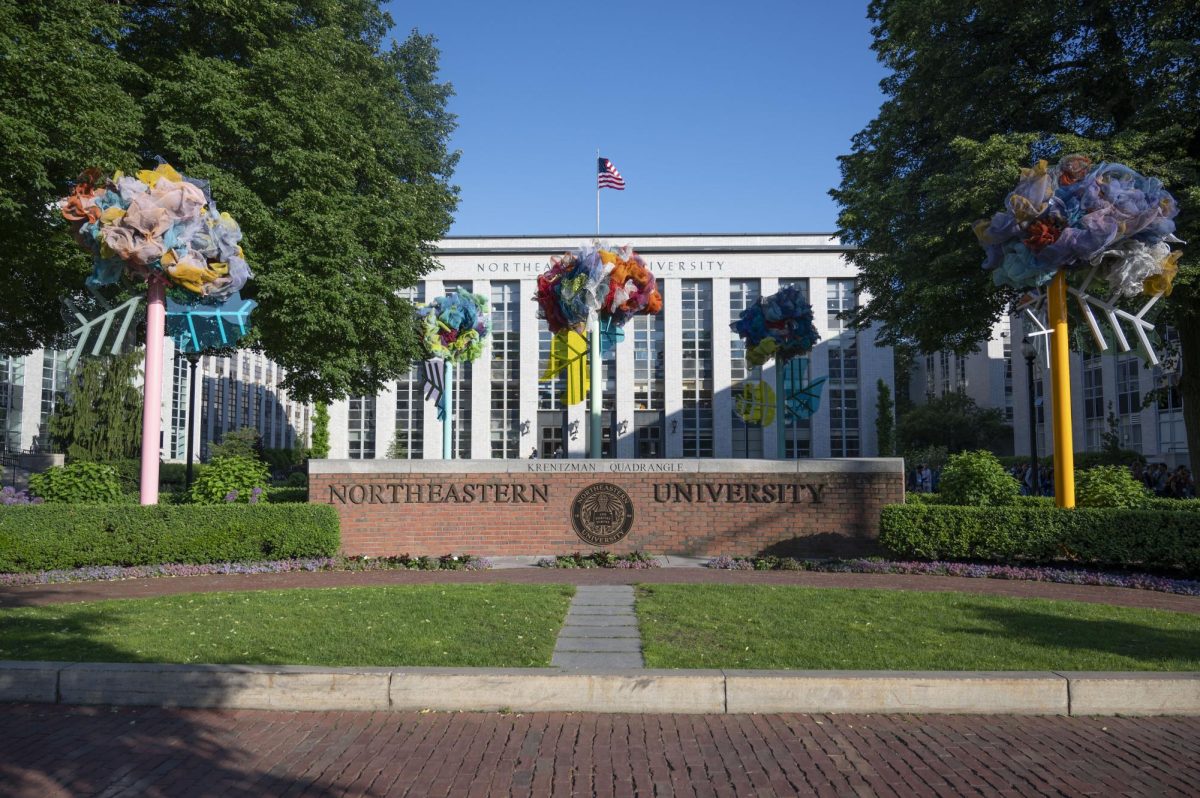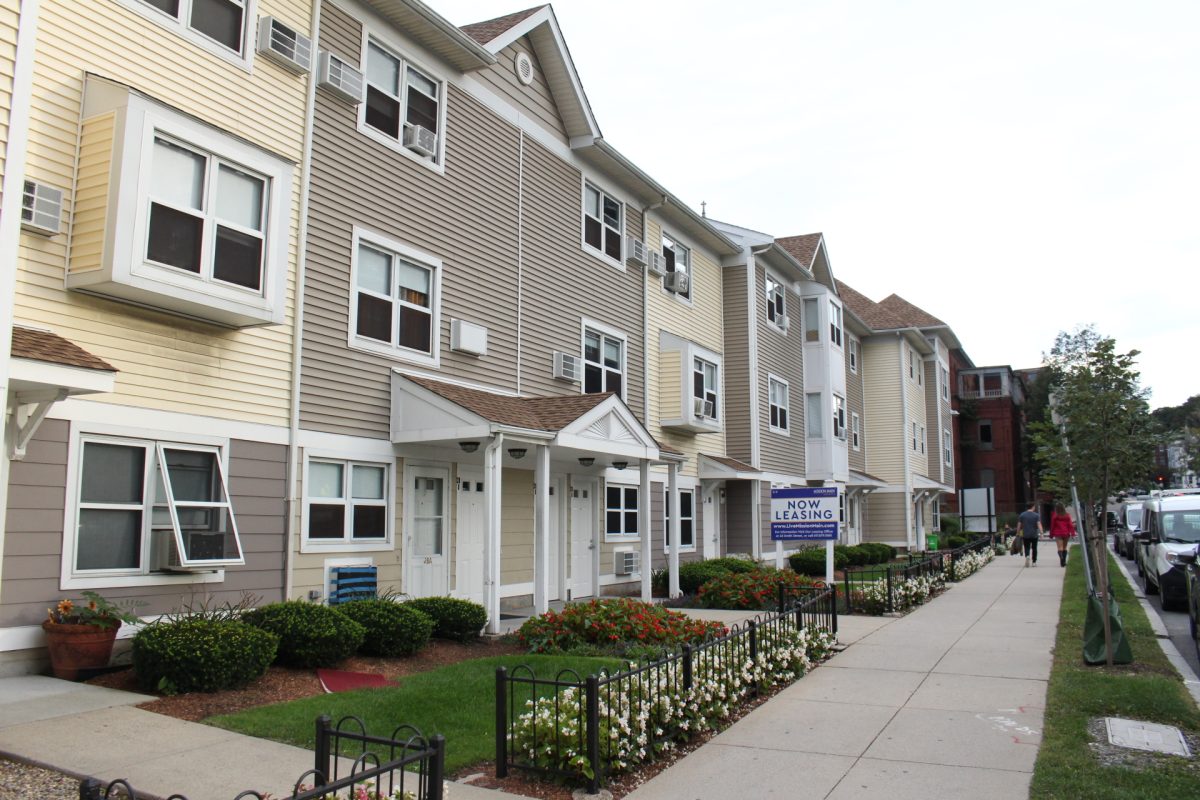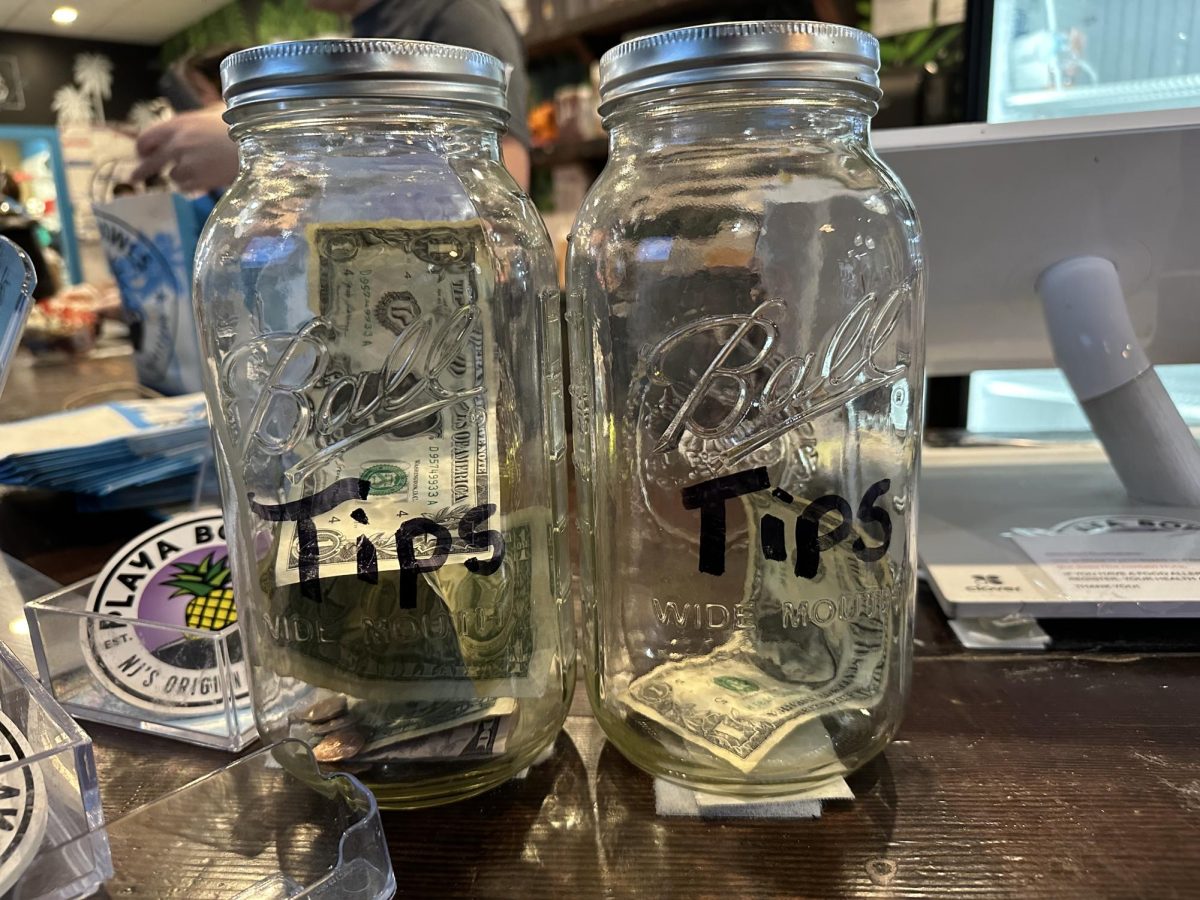Class registration season at Northeastern has to be one of the most stressful periods of my life. My heart doesn’t seem to beat from the time I get my time ticket to the time I manually enter classes into the registration portal. The portal, called Banner, is where students go to view their registration status, plan class schedules in advance and register for the upcoming semester.
For those unfamiliar with the registration process, each student receives a time ticket, which gives them the time and date upon which their registration begins and ends. Time tickets are allocated based on a student’s credit hours. Credit hours are assigned to completed courses as well as any high school AP or IB credit that is submitted and are usually based on the approximate number of hours spent on that class per week.
Once your allotted time begins, you will be able to register for classes in Banner. The main reason for the stress students feel is that there aren’t enough sections of classes for everyone — so if you have a later time ticket, you have to pray that there are available seats left.
This leads to intense days of planning for classes and watching as the seats dwindle until you get the chance to register. One of the obvious solutions that the school could make would be to open more sections or seats.
The university could send out a survey that asks students about the classes they are planning to take the next semester through the Student Hub and require students to fill it out before registering for classes. This would allow administration to get a good idea of how many sections and seats to make available to students.
Opening more class sections would mean that students have more options when choosing classes to fill their schedule. Too often, I have heard that during the process of planning their schedules, my peers have overlapping classes and need to get into certain sections. One way that the school could alleviate the pressure of registration is by opening up more sections and providing more classes based on the popularity of classes. I know it’s based on the available faculty, so it’s not an easy fix, but I believe it’s doable. Northeastern needs to make attempts to hire more faculty and maximize the classrooms used from 8 a.m. to 5:45 p.m.
One of the biggest problems with registration is that students aren’t getting into classes they need to graduate. A lot of students have tight schedules, and don’t have much time or room to push back classes for more than one semester.
In my experience as a pre-med student in the College of Science while also pursuing a combined major, I have had to make changes to my already-rigid four-year plan. In order to graduate in four years, I have to take many competitive classes, some of which are in the summer, and I do not have much room to shift around the classes I need to take. Adding more class space will reduce stress amongst the student body and help the registration process go more smoothly.
The problem stems not only from the limited space in classes but also from the overenrollment of students. With applications increasing by over 53% or 33,914 applicants throughout the past five years, there is a higher demand for more space for students here at Northeastern.
This has caused Northeastern to open up more spaces in its London and Oakland campuses, which has caused an overflow of students once these students return to the Boston campus. This overflow increases the competitiveness of getting into classes and the disappointment of choosing a backup option, especially because many of the students are coming in with the same majors or course requirements.
Going into registration, many students have professors they’d like to learn from, but it’s not a reality because chances are many other students want that good professor. One of the many things I’ve learned this year is that the professor really does matter. Certain teaching styles make it hard for students to learn effectively, so making sure you talk to students who have previously taken courses is very important. Sometimes, it makes the difference between receiving an A or a C.
As a first-year student, I have gotten some of the latest time tickets these past two semesters. I have been lucky enough to get into classes that fulfill my degree requirements, but I have heard from friends whose classes got filled up. Their only option was to take classes that did not count toward their major. This is my worst fear — My four-year plan does not have enough fluidity to take more than one or two classes that don’t count toward my major or one of my pre-med requirements.
Since Northeastern has so many pre-med students, many of the required pre-med classes are competitive and get filled quickly. One way the school tries to accommodate people who need certain classes to graduate is by adding restrictions. This means that only certain majors can take that section of the class. Although restrictions are a solution, they are flawed.
In addition, this urgency to get the classes you need to graduate is partly due to co-op. A co-op is an experiential approach that provides professional experience in your desired field of study through a full-time job opportunity. Many students come to Northeastern because of their stellar co-op program, but one of the trade-offs is having to take summer classes.
Co-ops are required for most majors at Northeastern. During co-op, you’re only allowed to take one course, so summer courses aren’t unusual for the student body. If you ask fourth-year students, many would say they’ve taken summer classes for at least one summer and maybe even more. With all this said, summer classes, especially the asynchronous ones, are in high demand too. Asynchronous classes should have more seats and sections.
This year, I will be taking two classes for both Summer 1 and Summer 2. This means that I will only be going home for a week before summer classes start and a week after they end. I miss home, but I know that to graduate in four years, I will have to take summer classes most summers.
One of my worries is that a class won’t be offered in the summer, or the classes will fill up. This year, I couldn’t get my desired schedule because two classes overlapped with each other, and another class wasn’t offered in the summer.
There are many actions that the school could make that will improve the students’ state of mind while registering for classes. It’s just a matter of if the school thinks it’s worth making changes to the registration process.
Tochi Chukwuemeka is a first-year behavioral neuroscience and design major. She can be reached at [email protected]







